The Idea of the Century
“Thousands of tired, nerve-shaken, over-civilized people are beginning to find out that going to the mountains is going home; that wildness is a necessity; and that mountain parks and reservations are useful not only as fountains of timber and irrigating rivers, but as fountains of life.”
What do you think of when you hear the phrase "national park"? Maybe sweeping vistas of canyons, volcanoes, geysers and glaciers? Maybe mountains - bare and rocky or green and hazy - that rise and fall in reams and rows and out of sight? Maybe wildlife like bison or wolves or thick-horned, hardy ungulates? Maybe your favorite public playground, or a distant, inaccessible place? The national parks are indeed this, and so much more.
Hawai'i Volcanoes National Park
It all officially started in 1872 with Yellowstone, the first national park in the US (and the world), though Yosemite (1864) and Hot Springs (1832) well preceded Yellowstone in theory, if not practice. Concerns of mismanagement by state governments, corporate exploitation, and lack of clarification for the purpose of the reserved lands led to the federal designation of "national park" and the slow evolution of national stewardship. In 1916 the National Park Service was created to manage the national parks, and since then the NPS has assumed management of many more parks, as well as a variety of treasures from national monuments and landmarks, to lakeshores and seashores and recreation areas, to battlefields and historic sites, and to parkways and scenic trails.
Scenic trails like the Appalachian Trail fall under NPS supervision
The National Park Service oversees more than 84 million acres in the states and US districts and territories. The total area protected by national parks is approximately 51.9 million acres (210,000 km2), which simultaneously seems like so much and yet so little. That total size is bigger than many states, but if you consider it as a proportion to the total size of the US, that's only 3.4% of the land.
Still, you may be surprised by how many sites operated by the NPS you may have visited without even knowing. The first national park I visited was Hawai'i Volcanoes National Park, even though the Great Smoky Mountains were basically in my backyard. (I've since rectified this oversight, of course, and visited GSMNP in September). But there were other surprises, like the Blue Ridge Parkway or the Appalachian Trail (though the Appalachian Trail Conservancy maintains the trail), or the Wright Brothers Memorial or the Biltmore Estate, not to mention the classic North Carolina grade school field trip favorites like Bentonville Battlefield, or the NC Capitol, or a couple buildings at UNC Chapel Hill, or what feels like half of Washington, DC.
View from Charlie's Bunion in Great Smoky Mountains National Park
And now the National Park Service is celebrating its centennial, and wants you to partake in its big birthday bash. There are a lot of resources on the NPS and the sites it oversees. Here are just a few:
National Park Service website: http://www.nps.gov/index.htm
Find Your Park, a great resource from NPS and a number of partners to connect you to NPS sites: http://findyourpark.com
PBS national parks page: http://www.pbs.org/nationalparks/parks/
Ken Burns's documentary "The National Parks: America's Best Idea" on PBS: http://www.pbs.org/nationalparks/
Note: Okay, yes, I might have been a bit excited when this came to Netflix. Netflix was smart enough to email me that it was available and I watched it that very night. Netflix also knows that I binge-watched other Ken Burns documentaries in high school (oh hey there 1140 minutes of "Jazz" documentary viewing!) and half of my Netflix recommendations are outdoorsy shows or NatGeo specials or documentaries on parks or the Appalachian Trail (#sorrynotsorry). But you'll need Amazon Prime to watch the Ken Burns national park documentary now, unless you have Netflix DVD service.
And if you don't find that Ken Burns documentary sating your thirst for NPS stuff, here's a few other documentary options: http://findyourpark.com/news/4-national-park-documentaries-for-hibernating-nature-lovers (I'm so stoked to check them out!!)
National Geographic is of course featuring national parks throughout the year: http://www.nationalgeographic.com/power-of-parks/ and also has a national parks channel: http://channel.nationalgeographic.com/americas-national-parks/
Backpacker magazine is celebrating #NPS100: http://www.backpacker.com/special-features/nps100/
And so is Outside magazine: http://www.outsideonline.com/adventure-travel/north-america/united-states/national-parks
Oh, there is totally an iMAX movie on national parks coming out soon: http://nationalparksadventure.com
Oh yeah, who wants to go see this with me??
But of course, the best thing you can do is just go out there and explore the parks. Close your computer, put down your phone, and I'll see you out there.

